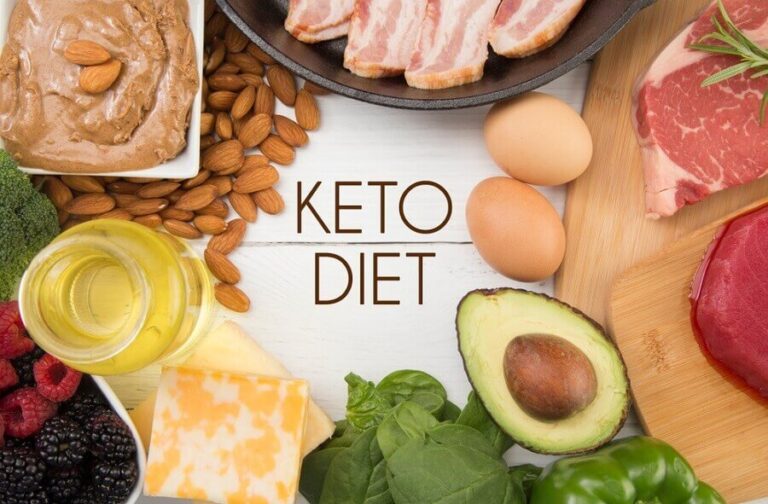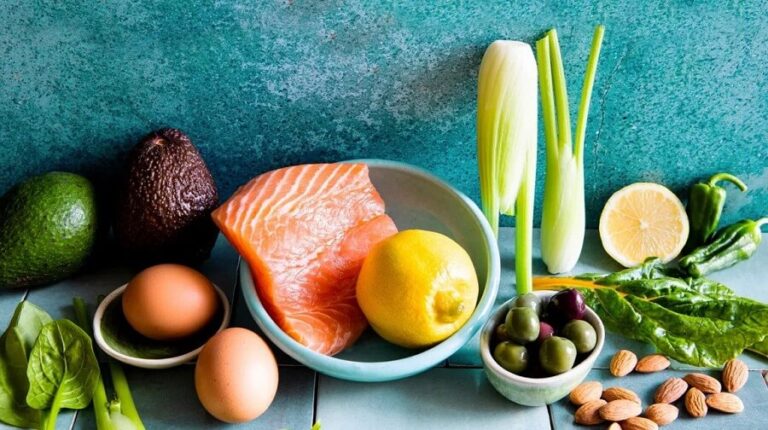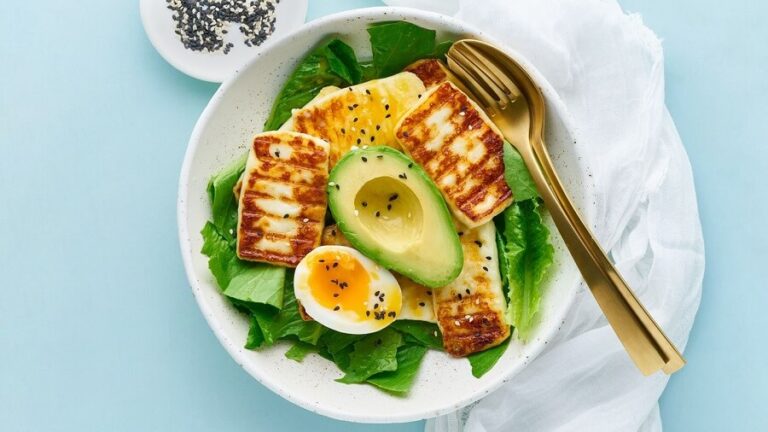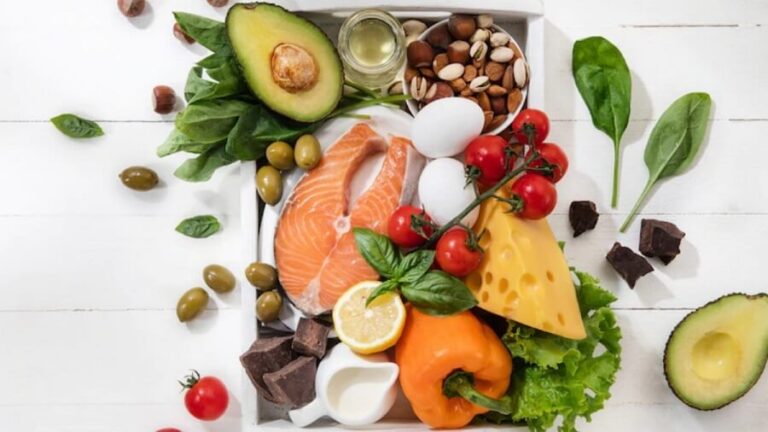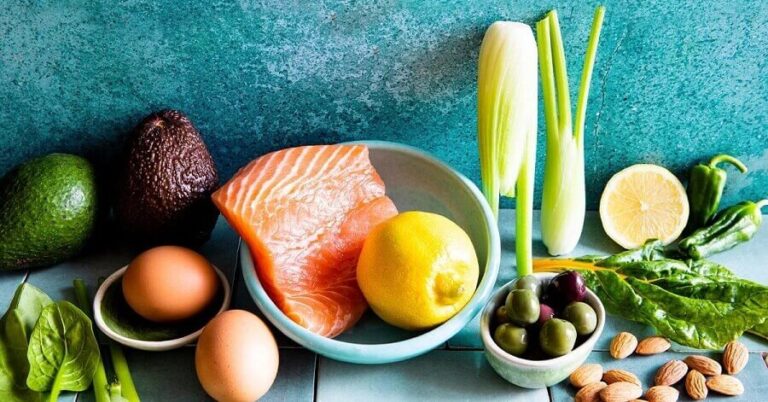Surely you have ever heard about the keto or paleo diet.
Many people follow these diets because they want to lose weight or improve their health. Since both diets have become fashionable, you may be wondering what their differences are.
Here is a detailed comparison of the paleo and keto diets; if you take a couple of minutes, you will know which is best.
What is the keto diet?
The ketogenic diet, or keto, is a type of diet that is very low in carbohydrates and high in fat.
By doing the ketogenic diet, you enter a mode called ketosis, where different types of body fat can be used as a source of energy.
The basic rule of thumb on the keto diet is to increase your fat intake. Proteins are allowed in moderate amounts, and carbohydrates are limited to the maximum.
The percentage of macronutrients in the ketogenic diet is:
- 75-80% fat
- 10-15% protein
- 5-10% carbohydrates
You must eliminate cereals, starchy vegetables, and most fruits to reach these values. You should eat all foods low in carbohydrates and lots of healthy fats, such as coconut oil, seeds, and nuts.
In its origins, the keto diet was created to control cases of epilepsy. Today, it is considered a method to lose weight quickly and is associated with other benefits.
Read more:
- Keto Keto Diet – What Is It And How Does It Work?
- Paleo Diet – Foods Allowed and Forbidden
- Keto diet for beginners – Weekly menu Phase 1
What is the paleo diet?
The paleo diet, also known as the caveman diet or the CrossFit diet, is based on the principle that you eat foods available to early humans.
One of the theories behind the paleo diet is that modern food systems, production techniques, and processing are detrimental to human health.
Therefore, eating in style similar to the Palaeolithic gatherers will allow a better natural biological function and health of your body.
Grains, legumes, sugars, flours, processed foods, and most dairy are not allowed on the paleo diet.
The main foods allowed on the paleo diet are:
- Meat and fish
- Eggs
- Nuts and seeds
- Fruits
- Vegetables
- Unrefined fats and oils
- Natural sweeteners, honey, coconut sugar, etc.
For most, paleo is more than just a diet. It is generally combined with lifestyle practices, food choices based on environmental impact, and achieving bodily well-being and health fall within the principles of the paleo dieter.
Differences between keto and paleo diet
Keto and Paleo diets exclude different foods. The keto diet excludes foods high in carbohydrates and sugar, including most fruits and vegetables.
Whereas the paleo diet allows all fruits and some natural sweeteners. They also have different rules for meat, vegetables, and dairy.
Based on food groups, here are some critical differences between keto and paleo diets.
- Vegetables
Some vegetables like potatoes and sweet potatoes are high in starch or carbohydrates. These vegetables are not allowed on the ketogenic diet. They could disrupt ketosis and cause a person to go off their net carbs.
However, on the paleo diet, you allow many of these vegetables in moderation. People on the paleo diet can eat foods like sweet potatoes, beets, and carrots in moderation but should prioritize low-carb vegetables.
- Fruits
In addition to vitamins and minerals, fruits have some natural sugar. Some have higher levels of sugar and carbohydrates than others.
People on a paleo diet can eat all fruits, including berries, citrus fruits, melons, bananas, grapes, mangoes, and cherries.
The keto diet is stricter on fruits. To keep the body in ketosis, a person should only eat low carbohydrate fruits and only in small amounts.
Berries like blueberries and strawberries are the most commonly used fruits on the keto diet, although small amounts of peaches, cantaloupe, and plums can also be eaten.
Read more: Low Carb Fruits – What are they?
- Meats
The keto diet allows all types of meat as long as it does not contain sugar and carbohydrates. Some processed meats, such as bacon or sausage, can contain sugar, so you should read the labels if you are on the ketogenic diet.
The paleo diet focuses on natural and grass-fed meat. Exclude all processed meats, such as bacon, hot dogs, and ham, as they are considered modern processed foods.
Still, new research indicates that processed meats can increase the risk of cancer and other health problems. So whether you are on a keto or paleo diet, you should focus on eating good quality meats instead of processed ones.
- Dairy
The keto diet allows a lot of dairy foods. In particular, those low in carbohydrates: non-starchy cheeses, butter, heavy cream, whole yogurt.
Also, the ketogenic diet does not include any dairy products that may contain sugar, such as ice cream, chocolate milk, etc. However, dairy foods containing artificial sweeteners can be consumed in moderation.
Dairy is not allowed on the paleo diet. However, you can drink unsweetened almond milk, coconut milk, and similar alternatives that do not contain artificial sweeteners or thickeners.
- Sweeteners
The paleo diet allows for natural sweeteners, such as honey and maple syrup. But it does not allow any sugar substitutes based on modern technology, including sugar alcohols.
The keto diet allows for all low carb sweeteners, both natural and artificial. Both stevia, sucralose, and xylitol are permitted.
Read more: Sweeteners allowed on the ketogenic diet.
Similarities between both diets
Although they are different, the paleo and keto diets share many similarities.
For example, both emphasize whole foods and are high in plant fiber. Generally, whole food is a low-carbohydrate food that has been virtually unprocessed.
Additionally, keto and paleo diets encourage the elimination of all grains and legumes. In paleo, this elimination is based on grains and legumes that were probably not part of the first human diets and contained some antinutrients.
The keto diet also eliminates grains and most legumes due to their carbohydrate content if you eat them while on the keto diet, you risk pulling your body out of ketosis.
Both paleo and keto diets also recommend healthy fats, such as olive, coconut, avocado oils, nuts, seeds, and fatty fish. These foods benefit heart health due to their content of polyunsaturated and monounsaturated fats and omega-3s.
Lastly, the keto and paleo diets prohibit the intake of added sugar. The paleo diet is a bit looser on this rule, as some natural sugar sources like honey and maple syrup are allowed.
On the other hand, Keto does not allow for any sources of added sugar, refined or not, due to the high carbohydrate content of these foods.
ABSTRACT
The keto and paleo diets have both similarities and differences.
Both diets recommend non-starchy vegetables, healthy fats, high-quality meats and prohibit grains and legumes.
Additionally, both keto and paleo can be helpful diets for weight loss.
The main differences are that dairy and all low-carb sweeteners are allowed on the keto diet. In addition, in paleo, the selection of fruits and vegetables is excellent.


